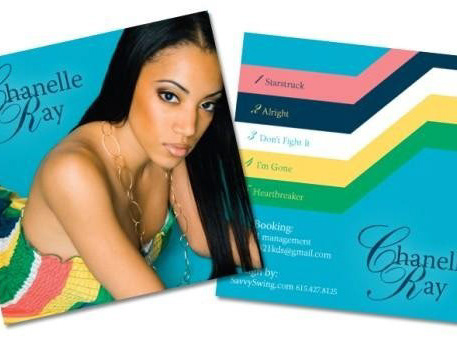Creative Strategy
When I join a new company, I like to begin with a creative strategy as I learn about the company, the gaps, and the opportunities. There are several vital steps to achieve a successful strategy for creative output that provides the business with a tangible ROI. These ten steps are defining goals, assessing team skills, establishing clear roles, encouraging collaboration, providing the team and business resources needed for success, Setting deadlines for everything, creating a feedback mechanism, promoting innovation, fostering an environment of flexibility and adaptability, and finally, celebrate success as much as possible. By following these steps, any business can create a robust strategy that nurtures creativity and ensures the team works cohesively towards achieving its goals.
Presenting Proposed Projects To CapEx
When proposing an innovation to a CapEx Board for funding, it's essential to emphasize several key points. These 7 points I cover are: clearly outline the business case (problem it solves, benefits, alignment with overall strategy, and how it works), work with professionals to create a financial analysis, identify and address potential risks, present a well-defined implementation plan (timelines, resources, key milestones), explain how the project aligns with the long term vision of the company and other initiatives that might be adjacent or similar in nature, highlight how the project supports sustainability objectives and it's potential for scalability and clear communication. Always pre-sell the project to the stakeholders before the meeting to anticipate any issues they may bring up in the meeting. By addressing these key points, any leader can present a comprehensive and compelling case for the new project to the CapEx board.
Department Guides
The first image is a department guide for my team at Mohawk, and the right is from Shaw. There is no one template to create these. They are unique to the organization and the vision of the company. For instance, Mohawk needed more culture work, whereas Shaw had a strong company culture but needed a lot of process, inspiration, and MarTech assistance. These guides help the team to stay aligned and cohesive but they also are great to share with business partners and the business. It helps those outside the team understand how the team works, thinks, and executes, providing more empathy than seeing the team as a competition within the company. I have been through plenty of brand and website rationalization projects, and a project version of this guide can also be a great tool for sustained alignment.








